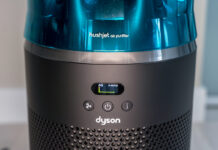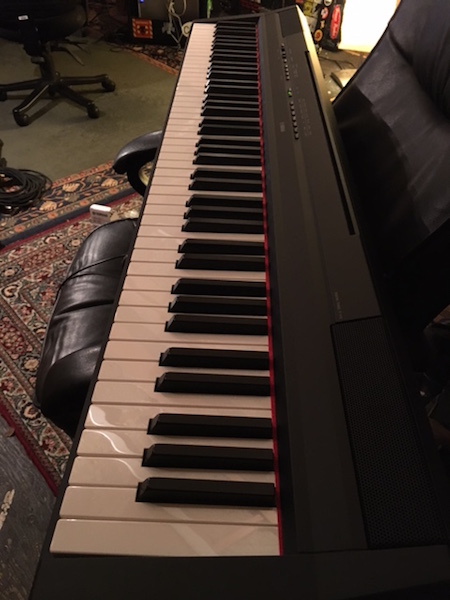 One thing that differentiates Yamaha from other digital piano makers is the fact that Yamaha also builds and sells acoustic pianos. For that matter, I don’t really think there are many instruments that Yamaha doesn’t make – acoustic or digital.
One thing that differentiates Yamaha from other digital piano makers is the fact that Yamaha also builds and sells acoustic pianos. For that matter, I don’t really think there are many instruments that Yamaha doesn’t make – acoustic or digital.
Regardless, within just the digital piano realm, Yamaha has more than enough of a varied selection to keep one busy comparing features for a good week. The Yamaha P-115B Digital Piano (replaces the P-105) is one of their more straightforward models that forgoes a lot of the bells and whistles of more expensive models, but retains a solid core of essentials.
The P-115B is a full 88-note weighted digital piano measuring 52.25” (1.33 m) x 6.25” (16.3 cm) x 11.5” (29.5 cm). The keyboard weighs 26 lbs (11.5 kg). In addition to the keyboard, a power chord, damper pedal and music stand are included in the box.
A purpose-built stand and three-pedal system are available separately.
The Guts
The P-115B incorporates Yamaha’s “Pure CF Sound Engine” which is based upon a multi-sampled sample set of Yamaha’s flagship acoustic grand piano: the CFIIIS 9’ grand. One improvement Yamaha incorporated in the P-115B over the P-105 is increasing the polyphony to 192 voices (from 128).
The keyboard uses Yamaha’s GHS (Graded Hammer Standard) weighted action which has heavier touch in the low end and lighter touch in the high end, much like the hammers inside an acoustic piano.
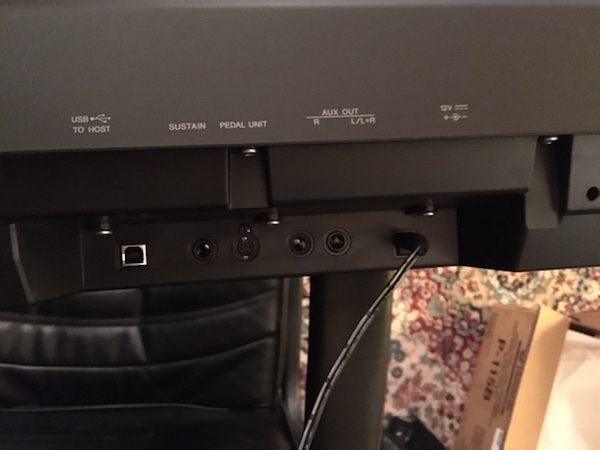 Connections
Connections
On the back of the keyboard, there is a DC in port, two AUX out ports – L/R (the left can serve as a mono source), a pedal unit port (to connect Yamaha’s optional three-pedal LP-5A accessory) a standard sustain pedal port and a USB port (used to connect your P-115B to a computer or other device). There are two ¼” headphone jacks on the front left below the keyboard.
Sound and Playability
The P-115B sports a pair of stereo two-way speakers each powered by a 7W amplifier. The speakers are comprised of a 4 ½” woofer and a 1 ½” tweeter. Apparently, they’ve mounted the tweeter so that it is angled towards the player’s head.
The sound of the piano is pretty darn good considering the size of the speakers. The bottom end has enough “oomph” to be satisfying to the player. You won’t necessarily be able to fill a concert hall with
the sound from the speakers, bu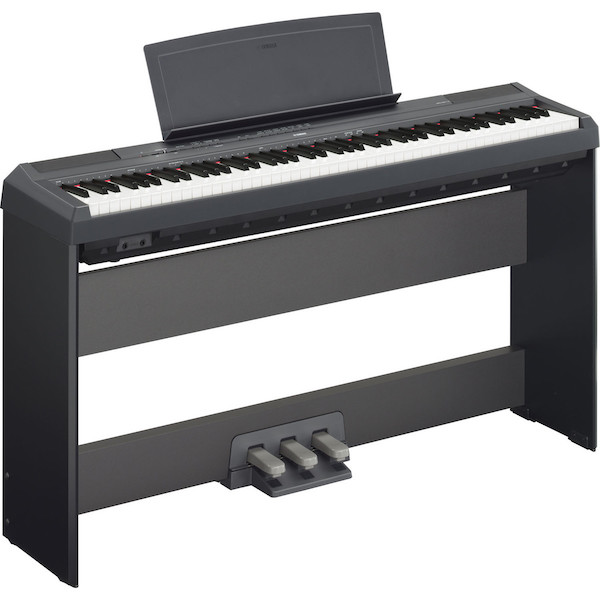 t you’ll be able to give a living-room concert to your friends and family.
t you’ll be able to give a living-room concert to your friends and family.
The feel of the keyboard is quite good as well. The keys have a nice weight to them and have a finish that feels like a decent grand piano keyboard should. I found the return action on the keys to be a bit sluggish though. Fast repeated notes (think Angry Young Man by BIlly Joel) couldn’t be accurately played as the keys didn’t return quickly enough.
One bonus feature is that Yamaha included damper resonance samples to the P-115B. When you hold down the sustain pedal on an acoustic piano and play a note, there are sympathetic vibrations from the rest of the strings on the piano. They included these in the P-115B however, the damper pedal that was included with my demo unit had the wrong polarity – sustain was active when the pedal was released instead of the opposite.
Other Goodies
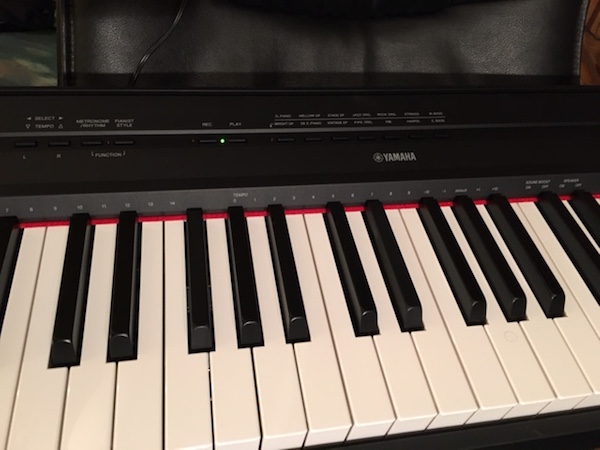 The P-115B comes with a decent number of preset rhythms to accompany you while playing.
The P-115B comes with a decent number of preset rhythms to accompany you while playing.
Yamaha has also included a Pianist Style function that transforms the simple chords into accompaniments. It enables you to select from a list of 10 styles and when you play a chord, the P-115B will arrange an accompaniment upon which you can jam or solo.
Besides a very good grand piano sound, the P-115B allows you to play other keyboard-based instrument sounds such as upright piano, organs and electric pianos as well as bass and strings.
There are also layer, split and teacher/student functions available for the keyboard.
Getting Deeper
Yamaha has kept the interface to the P-115B fairly simple and included many of the essential functions exposed on the front panel.
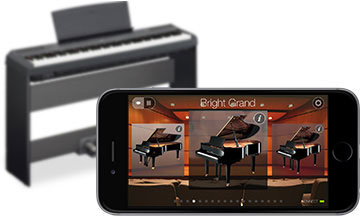 I can see and appreciate the decision to keep the user interface simple, but one of my acid tests when reviewing gear is to read up on the available features and attempt to access them without having to read the manual.
I can see and appreciate the decision to keep the user interface simple, but one of my acid tests when reviewing gear is to read up on the available features and attempt to access them without having to read the manual.
Unfortunately, the P-115B did not pass the “didn’t-have-to read-the-manual” test.
There are a number of functions such as transposition, tuning, reverb control and demo song selection (to name a few) that are accessible via combinations of certain interface button presses and keyboard note presses.
Yamaha has published an Yamaha Digital Piano Controller App that gives you a much more intuitive avenue to access all the available functions on the keyboard. However, you must have a USB-MIDI interface chord to connect your device to the P-115B in order to make use of this feature.
Final Thoughts
It seems as though there has been a sub-$1,000 digital piano revolution happening in the industry over the past year or so. The Yamaha P-115B is certainly a great sounding solid contender in this arena.
I liked the feel and sound of the piano right out of the box. As with pretty well every digital piano, it’s ready to go with a great sound right after the power button is pressed. The essential functions are all easily accessible on the clean and simple front panel.
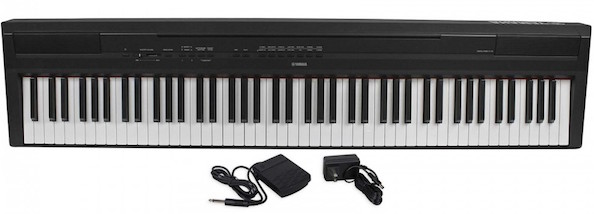
The sound and feel of the P-115B was quite good. It, by no means, will replace the experience of an acoustic piano, but for the low-cost, convenience and space-savings that a digital piano offers, Yamaha has a great package here. Check it out at your local Best Buy or try it out at BestBuy.ca.



